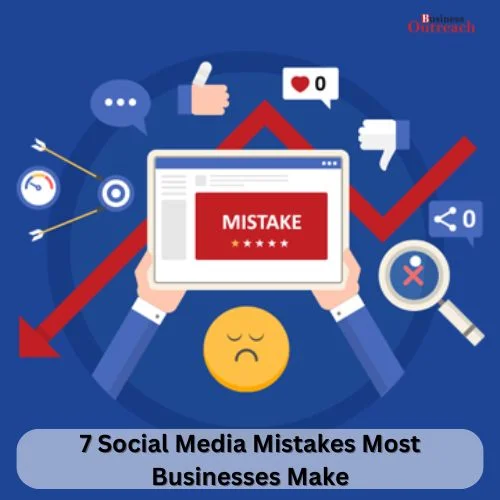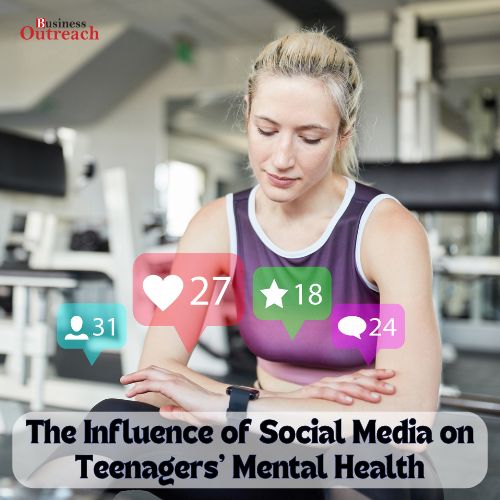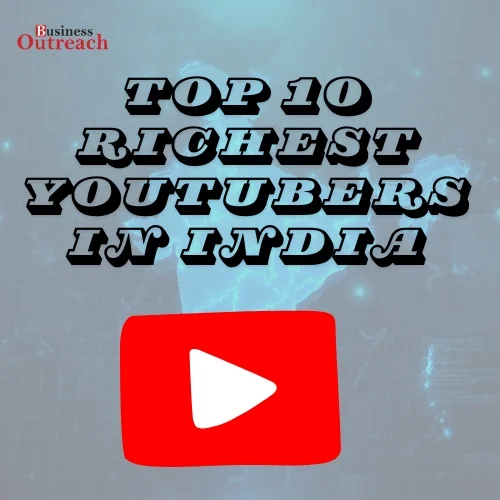Modern life belongs to the digital era, and no big or small businesses can survive without social media. Social media provided new ways for companies to reach target audiences: billions of users on Facebook, Instagram, LinkedIn, Twitter, and TikTok present great opportunities for brand awareness and sales improvement. What initially started to connect people has now turned into an important part of the modern business marketing strategy.
Social media is one of the evolving features in the world of business marketing, and this article will identify how many companies are using these sites in interesting ways to build their brand in high visibility and tap into their target audience in new ways.
| S. NO. | Role of Social Media in Modern Business Marketing Strategy | Example |
| 1. | Rise of Social Media in Business Marketing | Starbucks |
| 2. | Brand Awareness and Identity Building | Nike |
| 3. | Real-time Customer Engagement | Wendy’s |
| 4. | Targeted Advertisement and Audience Insights | Airbnb |
| 5. | Influencer Marketing Power | Glossier |
| 6. | Brand Loyalty and Advocacy | Apple |
| 7. | Customer Support and Crisis Management | JetBlue |
| 8. | Social Commerce and Direct Sales | Shopify |
| 9. | Data Utilization for Personalization | Netflix |
| 10. | Stay Relevant-Trendy, and Innovate | Chipotle |
1. Rise of Social Media in Business Marketing
The rapid pace at which it happened is primarily because it connected people worldwide in real time. It did not take businesses too long to realise that social media gave businesses direct access to customers rather than sticking to traditional forms of advertising, such as television, radio, and print. This aspect has undoubtedly made social media one of the most important talking points in modern marketing.
A study by Statista in 2023 showed that approximately 4.89 billion people globally use social media. With so many users worldwide, this opens possibilities for businesses to communicate with their customers, allow them to become familiar with products, and study trends. Companies, whether start-ups or big companies competing worldwide are now taking social media as an important part of their marketing strategies.
Example: Starbucks
It would be pretty easy to consider Starbucks one of the best companies that has added to business through amity using social media platforms. This brand posts pictures of elegant drinks, promotions for seasonal drinks and campaigns, and even more interactive ideas on visual platforms like Instagram and Twitter, such as the designs on the seasonal holiday cups.
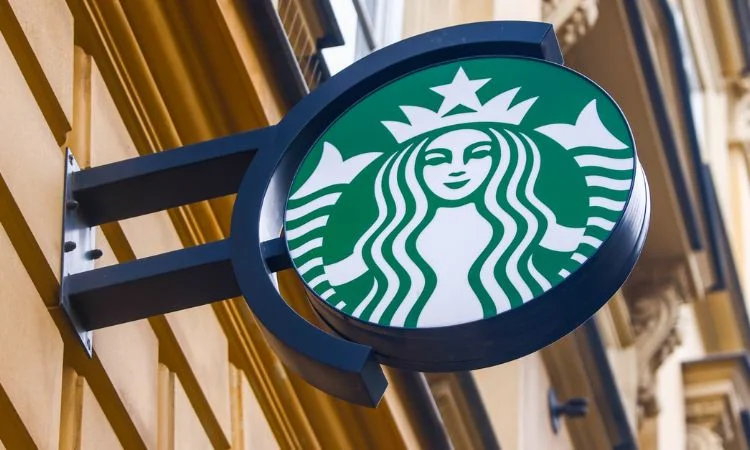
Source: Google images
It also uses social media to collect feedback, respond to customer queries, and join conversations that help build the idea of community around its brand. By focusing on engaging and relatable content, Starbucks built a very loyal social media base and effectively utilised the medium to drive online and in-store sales.
2. Brand Awareness and Identity Building
Among the varied advantages of social media, one salient feature is that it helps increase brand awareness many times. If a strategy is implemented correctly, businesses can present themselves to a new generation, enhance their identity, and differentiate characteristics from those of their competitors.
Each social media channel provides a certain freedom to the business to express its unique brand voice, values, and personality. By frequently posting relevant and interesting content, companies can make themselves predominant in the online space, build resonance among their audience, and not be forgotten.
Example: Nike
Nike stands ahead of its competition in building a brand on social media. Indeed, athleticism, inspiration, and empowerment are reflected in everything from Instagram to YouTube and Twitter. “Just Do It” campaigns positioned Nike not purely as a sportswear company but as a motivator in pushing limits to achieve more.

Source: Google images
Nike collaborates with influencers, professional athletes, and celebrities to further amplify its messaging and connect to diversified demographics. This has helped Nike to be consistently one of the world’s most renowned and trusted brands.
3. Real-time Customer Engagement
Social media has provided a direct communication line for any business to its customers. Companies may receive feedback, answer questions, and solve problems in real time this way, but are also creating a personal touch with the audience.
Businesses can be friendlier toward their customers by chatting, responding to comments, and even re-sharing user-generated content. The closer the customer is to the brand, the more loyal they will be to refer friends to said brand.
Example: Wendy’s
Wendy’s is famous for its humorous and snappy social media and for taking the lead on Twitter. More often, the food company reaches out to followers by sending amusement-filled tweets, snarky responses to competitors, and lighter banter. At Wendy’s, this peculiar voice is applied to entertaining customers in their language while making them part of the “inside joke.”.
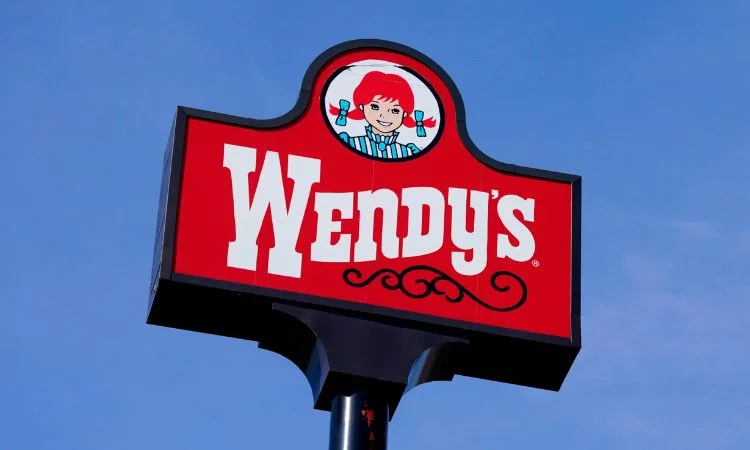
Source: Google images
In 2017, Wendy’s pulled off a miracle of viral marketing when a Twitter user asked how many retweets he would need to get in exchange for a year’s worth of free chicken nuggets. Wendy replied with “18 million,” a global retweet race began, which the media jumped on almost immediately. Although the user didn’t reach that target, Wendy’s gave him the nuggets anyway, showing that occasionally engaging customers via social media earns a company a lot of publicity and goodwill.
4. Targeted Advertisement and Audience Insights
Advanced advertising mechanisms are inherent in these social networking sites. This will permit the running of targeted advertisements. This means the organisation will reach the right audience through paid ads or promoted posts, regardless of age, location, interests, or online behaviour.
Analytics on these platforms are clear and meaningful, giving insight into how their campaigns perform for their businesses. These insights will also allow companies to fine-tune and craft content in light of a deep understanding of customer needs and preferences.
Example: Airbnb
Airbnb uses Facebook and Instagram’s features of targeted ads to connect with potential guests and hosts. By studying the behaviours and preferences of its users, Airbnb designs customised ads pointing out properties and destinations that would be most appealing to a particular user. Other common features of its social media ads are high-quality visuals, stories of hosts and travellers, and limited-time offers to drive bookings.
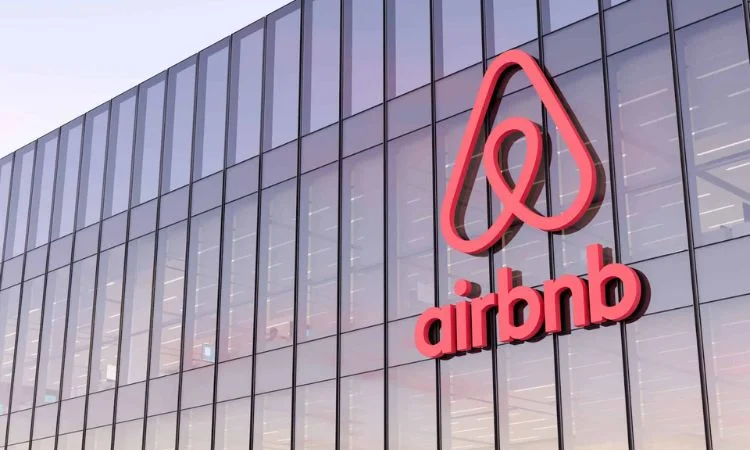
Source: Forage
By running targeted ads, Airbnb guarantees that its marketing efforts are viewed by the right audience, thus maximising campaigns for better returns on investment.
5. Influencer Marketing Power
Influencer marketing has grown to be a very strong strategy for brands on social media. In collaboration with influencers-people with large followings who enjoy audiences’ great trust and believe in their judgments brand, they are exposed to new audiences and enjoy endorsements from trusted advocates. Influencers are often brand advocates themselves; they promote products and services to their audiences, giving customers a more relatable and real avenue than traditional ads.
Example: Glossier
As a beauty brand, Glossier based its entire marketing on social media and influencers. In place of traditional advertising, Glossier teamed up with influencers and actual customers to provide reviews, tutorials, and other beauty tips in Instagram posts. Such a method not only rendered authenticity to the brand but helped it attain great heights of popularity with much speed.

Source: Kadence International
Glossier built its followership into a community of beauty lovers who, in turn, became brand promoters. This focus on influencer marketing and user-generated content helps Glossier move up the ranks as a leader in the beauty world.
6. Brand Loyalty and Advocacy
Social media allows allowing customers to become brand advocates. The loyal customers of any particular brand will show engagement and be willing to share good experiences online, leaving reviews and recommending the brand to their friends and following. Encouraging organic advocacy greatly benefits businesses, as personal recommendations hold much more weight than ads.
Example: Apple
Apple somehow keeps one of the most devoted followers on the planet, and social media plays a big in building up that kind of loyalty. Apple constantly features user-generated content in its #ShotOniPhone campaign, featuring stunning photos users have taken with their iPhones. Apple builds community by showing customers how creative they are and gives fans every reason to be active with them.
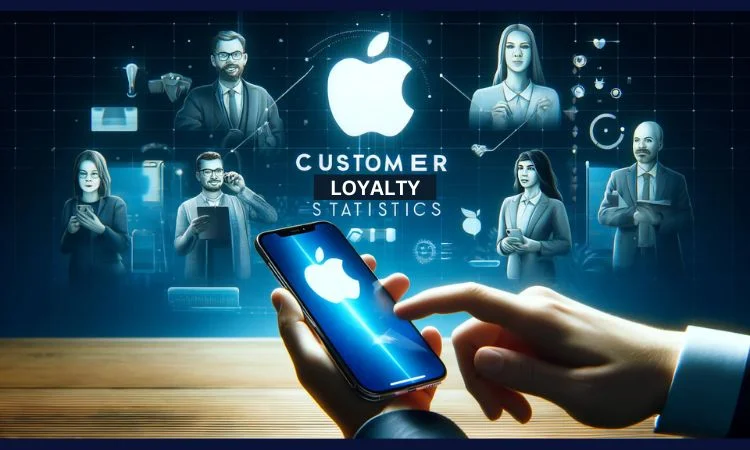
Source: Coolest Gadgets
This helps increase brand loyalty while continuously providing Apple with real content to show the capability of its products.
7. Customer Support and Crisis Management
It has also become an essential platform for customer care. The company is now expected to immediately respond to all queries and complaints coming their way via social media. Those companies that do well in such matters can turn what could be a negative experience into a positive one, thereby enhancing their reputation.
Besides this, social media is useful during crisis management; when there is a public relations problem with a company, through social media, the organisation has an opportunity to communicate directly to its audience to the best of its abilities with transparency concerning what issues the organisation is trying to resolve, thus minimising harm.
Example: JetBlue
JetBlue offers supreme customer service both in flight and through social media outlets. The company constantly checks on sites such as Twitter and Facebook for questions, complaints, and customer feedback. It responds to these issues in a very short order and quickly resolves them as well. Due to the quick and informative responses, JetBlue has developed a rapport for being one of the friendlier airlines.

Source: ABC News
One extreme example is when a customer tweeted about a frustrating experience with a flight delay; JetBlue immediately responded with an apology and a voucher for any future travel. That earned the company kudos rather than groans because it suddenly flipped a negative story into a positive customer-service experience enabled via social media.
Social Commerce and Direct Sales
Social media platforms have increasingly evolved nowadays to become marketing tools and markets where businesses can sell products to clients directly. Features like Instagram Shopping, Facebook Marketplace, and Pinterest Buyable Pins allow businesses to turn social posts into direct sales channels.
This integration of social commerce helps shorten the journey for customers by making the discovery, exploration, and purchasing of products by consumers easier on the platform.
Example: Shopify

Source: Google Images
Among all the e-commerce websites, Shopify has tagged along with social commerce, where it has partnered with giant companies such as Facebook and Instagram Shopping. Shopify merchants can sync their online store to their social media accounts to sell products directly from social media posts and ads.
This has been made easier due to the integration of small businesses in reaching out to their target audience, driving sales-especially with the rise of consumers shopping on social media platforms.
9. Data Utilization for Personalization
The best thing about social media marketing is the resources with excessive data. Further, the data goes to work in personalised marketing campaigns- providing users with relevant ads. The good thing about personalisation is that not only will user experience improve, but better conversions, too.
Example: Netflix
It is known that Netflix is a data-driven marketplace, and Social media is no exception. In this regard, Netflix can also develop highly focused social media campaigns for different kinds of users depending on user preferences and behaviours that let new series, documentaries, and movies be publicized.
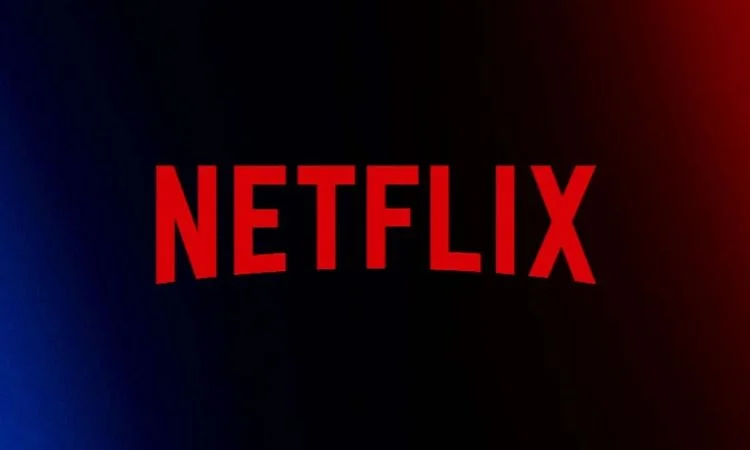
Source: Rebuy Engine
Thus, Netflix can publicize a new series of dramas to a small group of Netflix users using this tool, which may not have been used in a promotional campaign. This personalisation extends to even the content they put out on Instagram and Twitter, and the rest: making memes and videos that speak to the segments of their particular audience.
10. Stay Relevant-Trendy, and Innovate
The field of social media changes day in and day out. New platforms, features, and trends emerge daily. The business that adapts immediately to respond to such changes will always stay on top of the competition. Brands that innovate on social platforms by making use of their short video features, for instance, secure a greater chance of actually gaining attention and thus standing out in a marketplace where each person tries to draw the attention of others who may be tired of getting so many messages, and of being treated as market segments.
Example: Chipotle
Chipotle is not one of many taking a leap into the TikTok pool with its social media marketing, reaching younger audiences through viral challenges and memes. The #GuacDance challenge is among the more notorious ad sets, which called upon users to create dance videos to celebrate National Avocado Day.
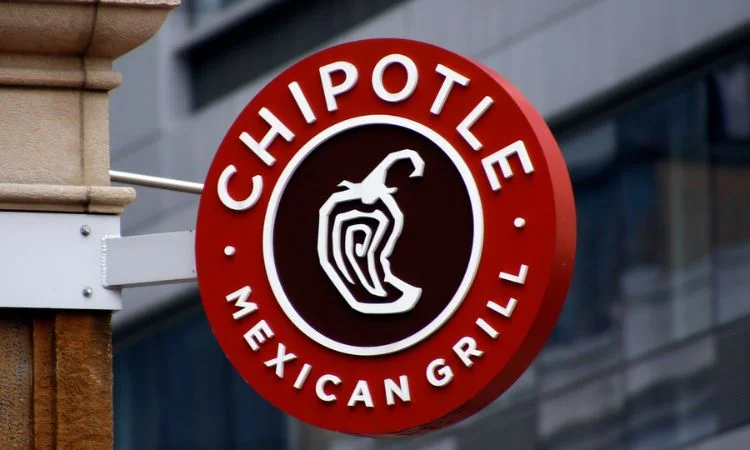
Source: KTLA
The campaign went viral, earning millions of views and an enormous spike in interest and engagement with the brand. Paying attention to trending items on social media has helped Chipotle stay current and keep the interest of a younger generation.
Conclusion
Social media has become the most crucial and imperative part of the marketing strategy in businesses today. It allows brands to relate to customers and builds a strong brand identity in real-time, providing an edge in targeted advertising with audience insight. There are quite a few opportunities for brands to foster loyalty, create advocates, and even drive direct sales with features such as social commerce on social platforms.
With that in mind, businesses can only stay relevant and competitive if they engage in influencer partnerships, data-driven personalisation, and innovation relative to trends. In cases like Nike, Starbucks, and Airbnb, success with integration into social media led to enhanced customer relationships, visibility, and overall better business performance. Business groups must remain competitive by being agile and innovative in the face of a constantly changing landscape created by both social media platforms and trends.










